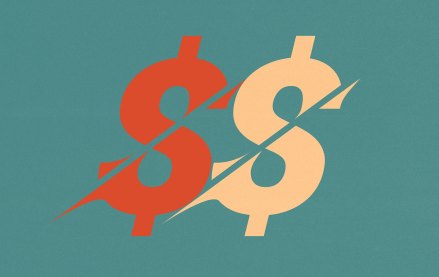How a new data-driven TV ad product from Blockgraph aims to harmonize varied data feeds

Blockgraph, a corporate-backed ad-tech player in the data-driven TV ad space, has always focused on being privacy compliant. Its strategy has adapted as new laws and regulation have gone into place and the ad industry at-large mulls over what will replace Google’s third-party cookies.
A new tool, called GraphPort, aims to help fill some of those gaps, giving agencies, brands and publishers a way to map out third-party identity graphs among Blockgraph’s deterministic identity matching for total TV advertising.
Blockgraph’s GraphPort intends to harmonize data from varied sources into one useable stream.
That ecosystem falls within the parameters of its corporate ownership — Comcast/NBC Universal, Charter Communications and Paramount (formerly Viacom). Comcast and Charter represent some 48 million TV subscribers, while Paramount owns broadcast, cable and streaming networks. The tool will be able to access the data from all of the above, with the long-term goal of adding more publishers’ data down the line.
“The industry needs an ability to bring together different identifiers and still get the benefit of being able to protect data, have the same speed, have the same privacy protections, but to take more of an interoperable approach,” said Jason Manningham, Blockgraph’s CEO, particularly among brands and publishers that don’t have their own first-party data streams. “This is really about bridging the gap between companies who obviously see the need for first-party data, but are not quite there yet in terms of their evolution. And this helps bridge the gap between third-party graphs and giving them the software to work with other first-party data owners.”
So, does the industry need another walled garden of sorts when it comes to data-driven TV ad solutions? Two consultants with whom Digiday spoke on background said in this case, it is worth it because of the pedigree of Blockgraph’s ownership. The scale of reach its three owners have makes it worthwhile, while alleviating new privacy concerns.
“It’s democratizing access to top notch identity matching,” said one consultant. “With companies that are relying on licensed identity solutions, it gives them access to this identity matching in a more democratized way.”
The second consultant added, though, that GraphPort isn’t exactly unique in its offering. “This is similar to other solutions that we see in the marketplace,” said the consultant. “For example, companies like Experian are doing similar things in the TV space.”
And despite the size of its walled garden, the fact that the solution only works in its own ecosystem is still seen as a limit. “Insulated solutions like this [don’t] really help advertisers as much as solutions that range outside of specific channels.”
Manningham noted that while others offer their own graphs, “they need software that helps them take their identity and their segments and then match that with their inventory and distribution partners,” he said. “That’s what [GraphPort] helps do — it helps bring those third-party graphs into a modern matching and data collaboration platform with a bunch of other first party data.”
More in Media Buying

Why Pinterest wants to buy tvScientific, and what it signals for the CTV ads business
Corporate development sources estimate the deal valuation to be above $300 million, claiming tvScientific’s gross revenue is approximately $100 million.

Ad Tech Briefing: How the experts predict digital ad spend will pan out in 2026
Advertisers are placing greater emphasis on price and performance, often at the expense of transparency and control.

Crossmedia and Mile Marker make moves now to grow in their rosters in 2026
Both independents made executive moves to harness a potential windfall of clients leaving the holding companies for better service and results.








